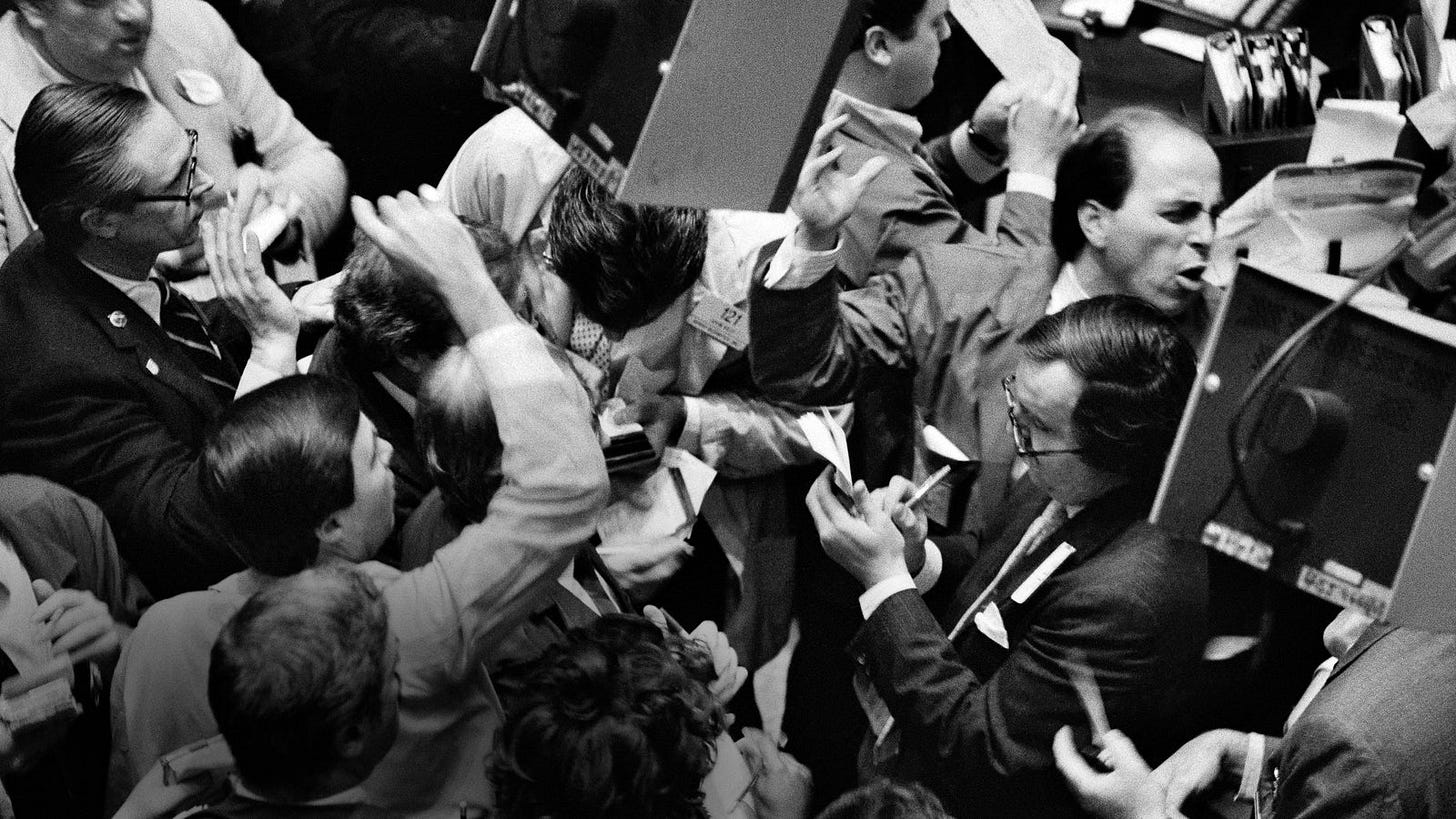Three weeks ago, I posted a unique insight which I sought out and uncovered on the basis of applying logical thought to my understanding of how the real-world works, economically speaking (i.e. I didn’t take any economic theory into consideration). I believe it to be groundbreaking because the data confirmed the hypothesis.
In the comments on that post, I was asked a question. It was asked of me if I had the analysis that I introduced in that post going back further in time (pre-1970’s). I didn’t, but I went and found the necessary data and present it here, below.
In my initial response to the question, I said that I didn’t think the relationship would hold going further back in time. Here is the rationale that I gave for that expectation:
I suspect that the relationship wouldn't hold further back ... or not to the same extent.
Maybe the "Fall of '29" that led to the great depression would show similar characteristics, but even then the leverage employed in the 1920's was due to the majority of stock trading being done 'on margin' as standard practice by people who had very little money rather than due to prevailing credit conditions (i.e. widespread availability & affordability of credit). Prior to this time, for the most part, people were either born into wealth or not (labor vs capital).
It wasn't until post-WWII that the middle-class emerged, which created the underpinnings of the behavior we see today. During the Great Depression, half of all mortgages were in default, so the U.S. government refinanced mortgages to a table-repayment basis and extended loan terms, which made borrowing & buying a home more affordable than renting. Subsequently, as property values began to rise, ordinary people began to build wealth, then a post-war population bubble (baby boomers) created additional demand for housing & so prices continued to rise etc. Now average citizens had balance sheets (capital) and the freedom to make financial choices.
I suspect my insight is reflective of structural conditions across a widespread population (i.e. unconscious behaviors). It is factors like this that caused me to include as point 2 in my 'Staying Ahead of the Curve' post (Dec 29, 2022) "collective behavioral trends of the populace".
The relationship didn’t hold going back in time, which is what I expected.
But then I had another look. Damn!!




